#rhododendron macrophyllum
Explore tagged Tumblr posts
Text

以前通っていた職場に向かう途中の
お花屋さんで咲いていた、
ピンク色の「ロドデンドロン・マクロフィラム」の花。
ツツジ属。
学名:Rhododendron macrophyllum
撮影:iPhone14 Pro Max
31 notes
·
View notes
Text

Rhododendron macrophyllum
9 notes
·
View notes
Photo
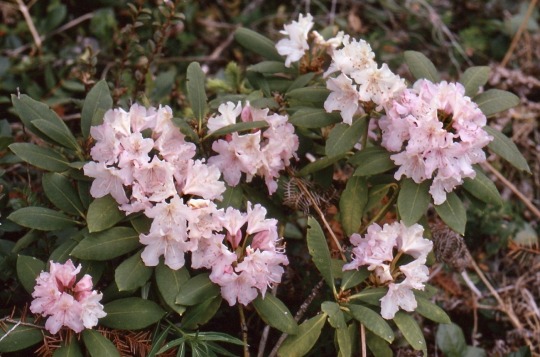
Washington State Flower the Pink Rhododendron (Rhododendron macrophyllum), near Seabeck, Kitsap County, 1974.
Thought the flower was appropriate for 4 July. Before massive urbanization, there were large stands of this shrub on the Kitsap Peninsula, and in late June into early July they put on a glorious display.
#flowers#washington state flower#rhododendron#pink#rhododendron macrophyllum#kitsap county#washington state#1974#photographers on tumblr#pnw#pacific northwest
5 notes
·
View notes
Video
From the archives Via Flickr: Coast Rhododendron (Rhododendron macrophyllum) at Scenic Beach State Park
#Coast Rhododendron#Plant#Rhododendron#Rhododendron macrophyllum#Scenic Beach State Park#Kitsap County#Washington
2 notes
·
View notes
Photo
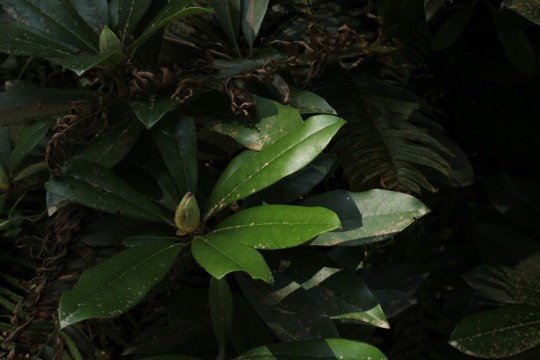
Rhododendron macrophyllum
2 notes
·
View notes
Photo
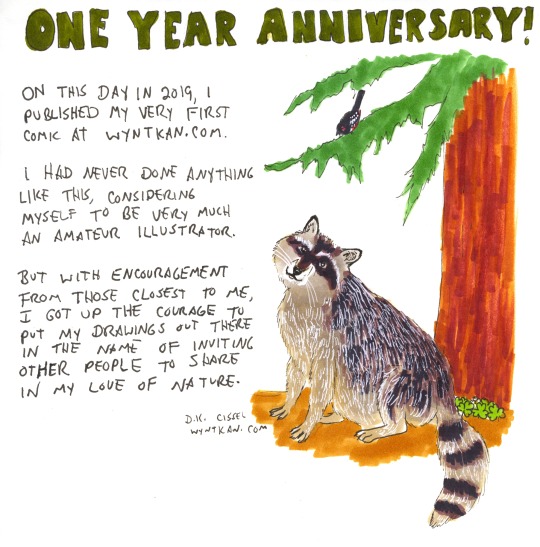

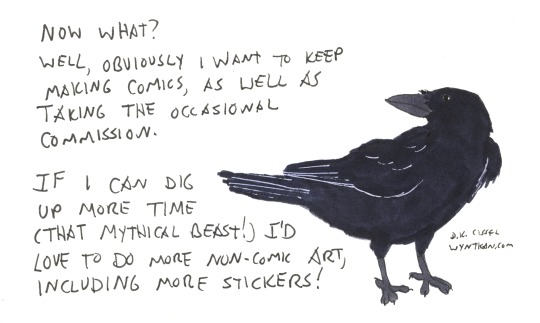
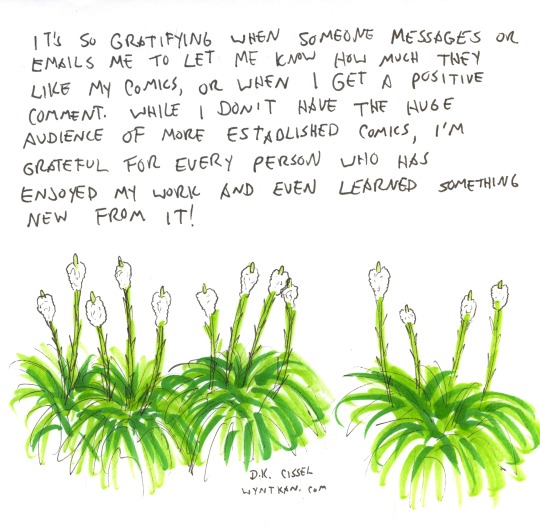
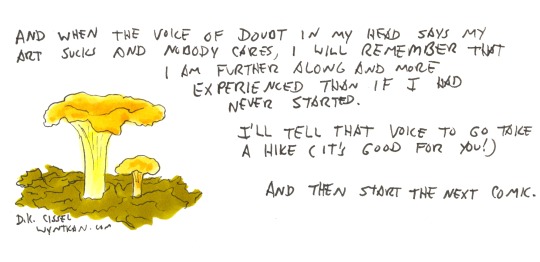
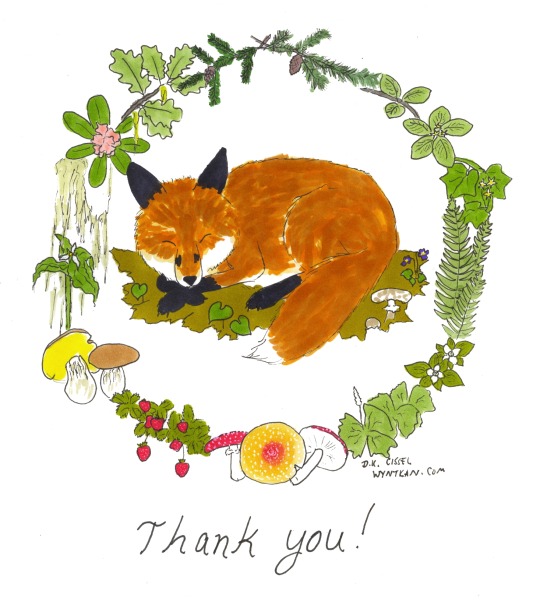
And here we are, a year later! I'm so used to letting projects like this fall to the wayside, and when I started I honestly worried whether I'd be able to keep up the pace. And yet here I am, still posting comics at a rate of one one week, two the next, wash, rinse repeat (plus those extra Mt. St. Helens comics I did last spring!) I'll admit that people's enthusiasm for my work is a big part of what helped keep me going even when I was tired, or discouraged, or really stinkin' busy, because I wanted to keep sharing what I was creating with you all. But I also found that this continued to be fun instead of work, which is the whole point: something in my life that wasn't just a way to make income.
Which isn't to say there aren't ways to help me pay for art materials, of course. My Redbubble shop, for example, actually has a few more designs than what I said in the comic since there were a few drawings that I liked enough to add as stickers and other fun stuff (that last page design is available as a greeting card, with and without text!) But this is still by and large a sideline, a nice break from my day job and a creative outlet that doesn't need to be measured in sales.
If you want to do something nice for my anniversary, please share my work with others! (Or reblog, or retweet, whatever's appropriate.) You can find my social media links at the bottom of any page at http://wyntkan.com. I also always appreciate likes and comments, and I'm open to suggestions for topics for future comics, too.
Finally, again, THANK YOU! It's been nice to have people to share this piece of my creative life with, and I look forward to giving you more fun nature comics to enjoy.
Species portrayed: raccoon (Procyon lotor), western red cedar (Thuja plicata), spotted towhee (Pipilo maculatus), redwood sorrel (Oxalis oregana), American crow (Corvus brachyrhyncos), beargrass (Xerophyllum tenax), Pacific golden chanterelle (Cantharellus formosus), red fox (Vulpes vulpes), lodgepole pine (Pinus contorta), Douglas fir (Pseudotsuga menziesii), Garry oak (Quercus garryana), Pacific rhododendron (Rhododendron macrophyllum), cascara (Frangula purshiana), coastal manroot (Marah oregonus), sword fern (Polystichum munitum), old man's beard (Usnea longissima) king bolete (Boletus edulis), beach strawberry (Fragaria chiloensis), fly agaric (Amanita muscaria, Amanita Muscaria var. guessowi), vanilla leaf (Achlys triphylla), western bunchberry (Cornus × unalaschkensis), western lily of the valley (Maianthemum dilatatum), Western matsutake (Tricholoma murrillianum), early blue violet (Viola adunca)
Website | Redbubble | Ko-Fi
Transcript under cut.
[Title: One year Anniversary!]
[First image: a brown raccoon sits under a western red cedar tree next to some redwood sorrel; a spotted towhee perches in the branch overhead.]
On this day in 2019, I published my very first comic at WYNTKAN.com. I had never done anything like this, considering myself to be very much an amateur illustrator. But with encouragement from those closest to me, I got up the courage to put my drawings out there in the name of inviting other people to share in my love of nature.
[Second image: Instead of asterisks the artist used a pink flower, a canine pawprint, a blue feather, a brown mushroom, and a sand dollar.]
So where has it gotten me? Well, a year ago I started with all zeroes, and now I have:
* 81 comics, 25 multi-page and 56 single page
* 76 followers on Facebook, 337 on Twitter, 667 on Tumblr, and 109 on Instagram, along with 1702 hits on my website, 138 subscribers on Webtoon and 9 on Tapas
* Featured 354 unique species in my comics, including a wide array of animals, plants & fungi
* Set up a Redbubble shop with 18 designs, and a Ko-Fi tip jar
* Slightly more legible handwriting, and a lot more drawing experience
[Third image: a black crow looks at the viewer while standing on the ground]
Now what? Well, obviously I want to keep making comics, as well as taking the occasional commission. If I can dig up more time (that mythical beast!) I’d love to do more non-comic art, including more stickers!
[Fourth image: a field of beargrass is in full bloom with big white flower clusters]
It’s so gratifying when someone messages or emails me to let me know how much they like my comics, or when I get a positive comment. While I don’t have the huge audience of more established comics, I’m grateful for every person who has enjoyed my work and even learned something new from it!
[Fifth image: Golden chanterelle mushrooms pop out of a mossy forest floor]
And when the voice of doubt in my head says my art sucks and nobody cares, I will remember that I am further along and more experienced than if I had never started. I’ll tell that voice to go take a hike (it’s good for you!) And then start the next comic.
[Sixth image: A red fox sleeps in a bed of moss, surrounded by many species of Pacific Northwest native plants and fungi in a ring around it.]
Thank you!
44 notes
·
View notes
Photo
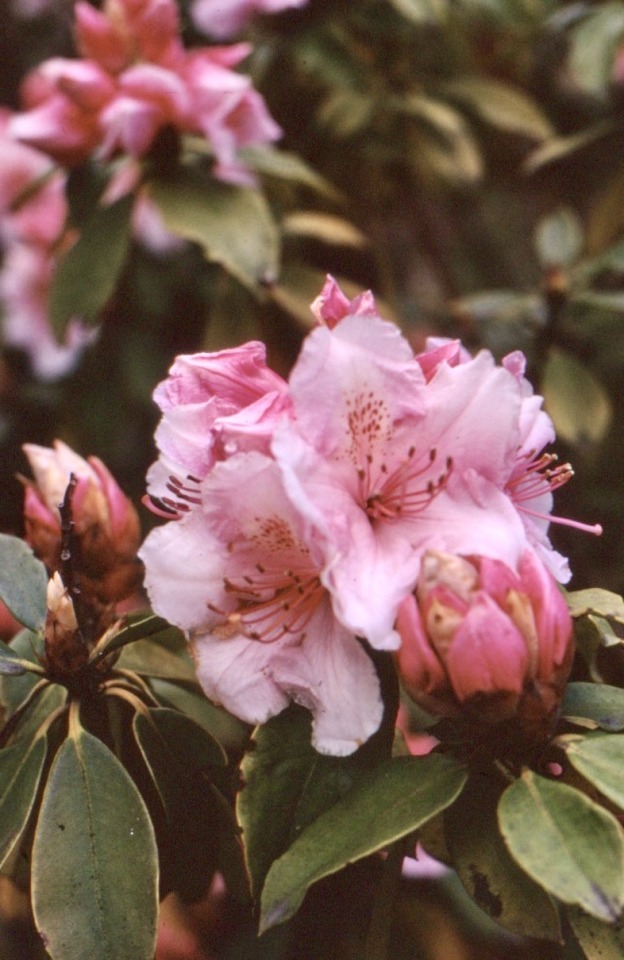
Pacific Rhododendron (Rhododendron macrophyllum), Seabeck, Washington, 1974.
The state Flower of Washington was once common in the logged lands of the Kitsap Peninsula. Urbanization has eliminated much of the habitat where the native rhododendrons once flourished.
#flowers#rhododendron#rhododendron macrophylum#pink#kitsap county#washington state#1974#photographers on tumblr#pnw#pacific northwest
57 notes
·
View notes
Photo
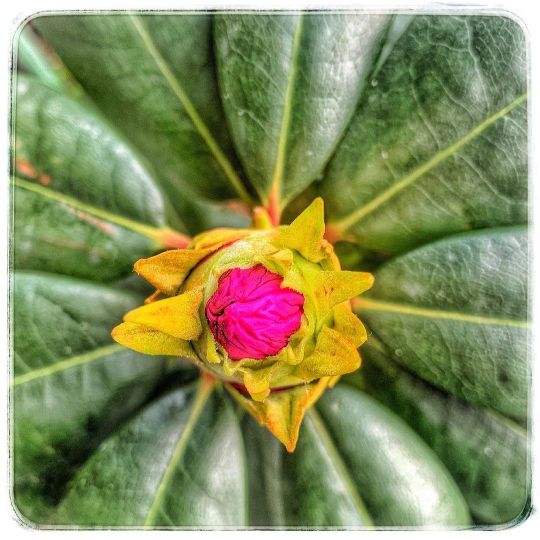
Rhododendron macrophyllum (hier: Berlin - Kreuzberg) https://www.instagram.com/p/CN12W7znAXU/?igshid=lhsuiypn6jvf
0 notes
Video
J20170420-0024—Rhododendron macrophyllum—RPBG—DxO by John Rusk Via Flickr: Rhododendron macrophyllum—Pacific rhododendron. One of the loveliest of all flowering shrubs, native or not. The state flower of Washington, first selected in a women's only election in 1892 preceding the 1893 Chicago World Fair and reconfirmed by legislation in 1948. Valued as a garden plant for its low water requirements. All rhododendrons are regarded as toxic by the California Poison Control System. Photographed at Regional Parks Botanic Garden located in Tilden Regional Park near Berkeley, CA.
#DxO Kodak Porta 160 VC preset#ebparksok#DxO Film Pack#taxonomy:kingdom=Plantae#Plantae#taxonomy:clade=Tracheophyta#Tracheophyta#taxonomy:phylum=Magnoliophyta#Magnoliophyta#taxonomy:class=Magnoliopsida#Magnoliopsida#taxonomy:order=Ericales#Ericales#taxonomy:family=Ericaceae#Ericaceae#taxonomy:genus=Rhododendron#Rhododendron#taxonomy:species=macrophyllum#taxonomy:binomial=Rhododendron macrophyllum#California Rosebay#Rhododendron macrophyllum#Pacific rhododendron#california rhododendron#taxonomy:common=California Rosebay#taxonomy:common=Pacific rhododendron#taxonomy:common=california rhododendron
0 notes
Text

駅前のお花屋さんで咲いていた、
ピンク色の「シャクナゲ(石楠花)」の花。
ツツジ属。
別名:ロドデンドロン・マクロフィラム。
学名:Rhododendron macrophyllum
撮影:iPhone14 Pro Max
64 notes
·
View notes
Photo
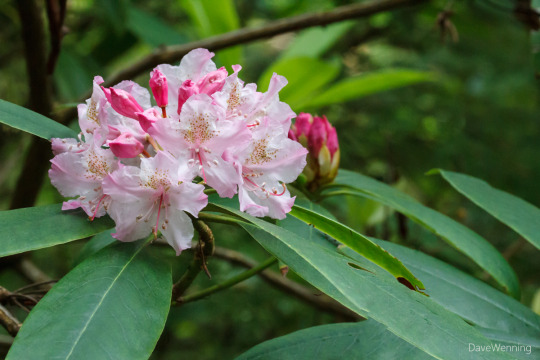

Though Washington state is known for rhododendrons, most you see in gardens are not native...and only a few species are actually native here. The state flower is a native called Rhododendron macrophyllum or pacific rhododendron. It always has these light pink flowers. They can be bushier in sunnier sites, or more tree-like in shady conditions, they can actually grow as tall as 25 feet in some circumstances. They can tolerate dry to moist conditions and prefer at least partial shade, if not full shade.
It’s a host plant for just over 30 native species of butterflies and moths, including showy butterflies like the green comma...but I want to showcase the one which has not yet been observed to use other plants. Lyonetia candida is a small moth that gets such little attention it doesn’t even have a common name, but it still matters to me!

19 notes
·
View notes
Text

JUNE 13, 2021 - 11:37 AM IDENTIFICATION / OBSERVATION: Rhododendron Macrophyllum / "Pacific Rhododendron", "California Rosebay", "California rhododendron", "coast rhododendron", "big leaf rhododendron" I found this plant along the edges of the wetland area. What was interesting to me was that it was completely alone (the only reason I saw it was it's flowers stood out among the green foliage surrounding it). I know this plant is native, which leads me to wonder why there is only one growing here, how it got to this specific spot, and why other plants of the species haven't succeeded in this patch of land.
0 notes
Video
From the archives Via Flickr: Several flowers of a Coast Rhododendron (Rhododendron macrophyllum) at Scenic Beach State Park
#Coast Rhododendron#Rhododendron macrophyllum#Scenic Beach State Park#Flower#Plant#Rhododendron#Kitsap County#Washington
0 notes
Text
Tips For Growing California Rosebay
Tips For Growing California Rosebay
[ad_1]
One of the more spectacular North American native shrubs is the pacific rhododendron (rhododendron macrophyllum). Other names for the plant are California Rosebay and Coast Rhododendron. Use of Pacific rhododendron plants as part of natural landscaping offers eye-catching flowers in combination with easy care. These wild plants are very adaptable and versatile. Read on for tips on growing…
View On WordPress
0 notes
Photo

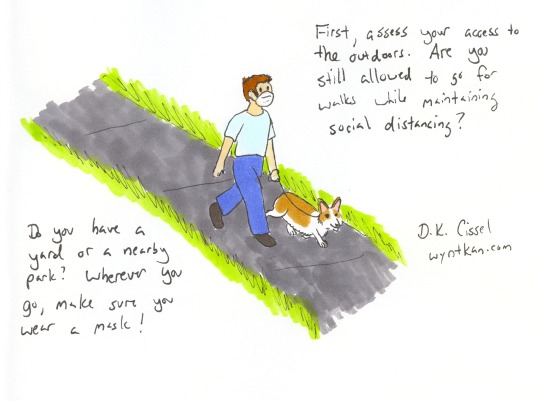
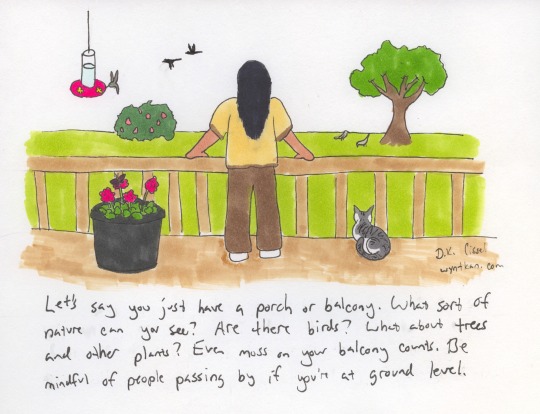

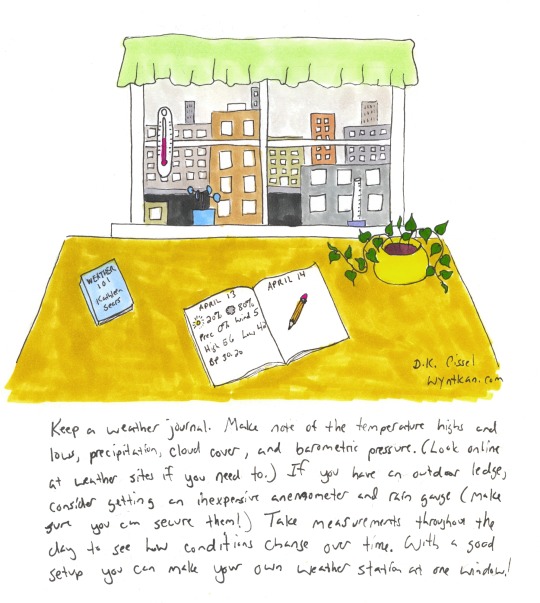

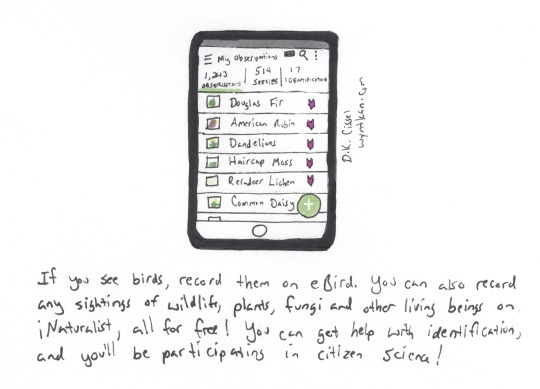

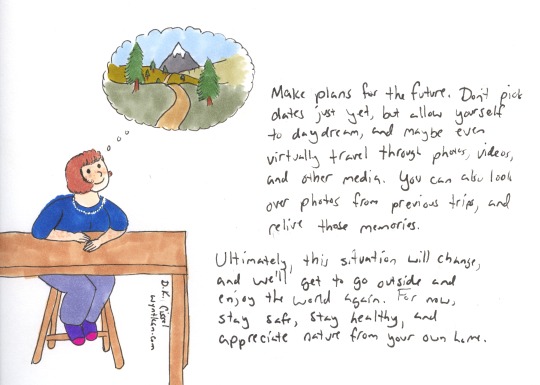
I know it’s not the same as being outside, especially as the weather’s getting nicer, but you can still get your nature fix even if you can’t leave home! These are just some suggestions to get you started; I bet you can come up with others.
Species portrayed: Human (Homo sapiens), domestic dog (Canis lupus familiaris), domestic cat (Felis catus), American robin (Turdus migratorius), cottontail rabbit (Sylvilagus sp.), varied croton (Codiaeum variegatum), Anna’s hummingbird (Calypte anna), geranium (Pelargonium sp.), Pacific rhododendron (Rhododendron macrophyllum), Garry oak (Quercus garryana), air plants (Tillandsia spp.), betta (Betta splendens), lace Java fern (Microsorum pteropus “Windelov”), Java moss (Vesicularia dubyana), pothos (Epipremnum aureum), snow leopard (Panthera uncia)
Transcript under cut. Reblogs okay and encouraged!
[Title: Outside In: Connecting With Nature During Shelter-in-Place]
[Panel 1: A person sits looking dejected in a chair while staring out a window at a sunny day. A small dog sleeps next to them on the floor.]
Feeling cooped up after a few weeks of isolation? You’re not alone (ironically!) Even when it’s for good reason, it gets to everyone sooner or later. It’s even tougher when we can’t spend much time outdoors, and we feel even more distant from nature. What can we do?
[Panel 2: A man with a surgical mask on his face walks a corgi down a sidewalk lined with green grass.]
First, assess your access to the outdoors. Are you still allowed to go for walks while maintaining social distancing?
Do you have a yard or a nearby park? Wherever you go, make sure you wear a mask!
[Panel 3: A man with long dark hair looks out over a grassy field with birds while standing on a balcony. Next to him a hummingbird feeds from a feeder, a butterfly sits on geraniums, and a gray and white cat joins him in bird-watching.]
Let’s say you just have a porch or balcony. What sort of nature can you see? Are there birds? What about trees and other plants? Even moss on your balcony counts. Be mindful of people passing by if you’re at ground level.
[Panel 4: A red male betta swims in a tank with live plants. On the counter next to the tank are a few air plants.]
If you’re truly stuck inside, consider a few houseplants to liven things up. You can even order a few air plants online; they’re inexpensive, and easy to care for. If you have pets, this is a great time to learn more about them and spend more time with them.
[Panel 5: A tabletop holds a book about the weather, a weather journal, and a plant in a pot. The window behind it looks out over a series of buildings in a city. There is a thermometer in the window along with an anemometer and a rain gauge.]
Keep a weather journal. Make note of the temperature highs and lows, precipitation, cloud cover, and barometric pressure. (Look online at weather sites if you need to.) If you have an outdoor ledge, consider getting an inexpensive anemometer and rain gauge (make sure you can secure them!)Take measurements throughout the day to see how conditions change over time. With a good setup you can make your own weather station at one window!
[Panel 6: A nighttime sky sheds moonlight over a tree and a cat sitting in a window looking up at the stars.]
Watch the movement of the sun and moon across the sky from where you can see them. When do they pass by landmarks, or over your roof? Keep track of moon cycles and constellation positions, too.
[Panel 7: A smart phone displays a list of observations of animals and plants on the iNaturalist app]
If you see birds, record them on eBird. You can also record any sightings of wildlife, plants, fungi and other living beings on iNaturalist, all for free! You can get help with identification, and you’ll be participating in citizen science!
[Panel 8: A television displays footage of a snow leopard on a snowy mountainside]
Look for nature documentaries on T.V. and online. I especially like anything made by the BBC, but try out a variety of producers, topics, etc. (If you want my suggestions, just ask me!)
[Panel 9: A woman sits at a table, daydreaming about a trail that goes through a forest toward a mountain]
Make plants for the future. Don’t pick dates just yet, but allow yourself to daydream, and maybe even virtually travel through photos, videos, and other media. You can also look over photos from previous trips, and relive those memories.
Ultimately, this situation will change, and we’ll get to go outside and enjoy the world again. For now, stay safe, stay healthy, and appreciate nature from your own home.
52 notes
·
View notes



